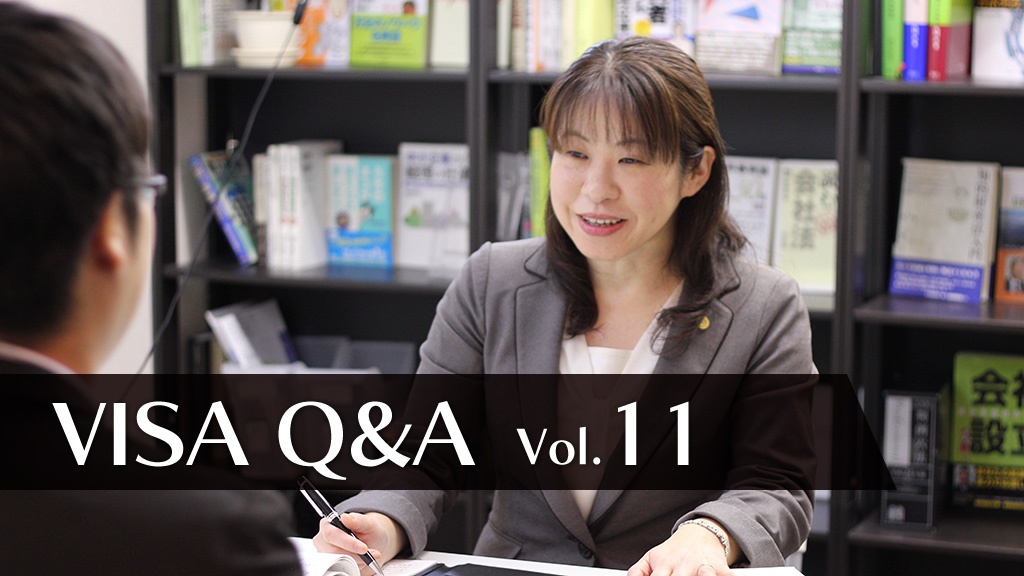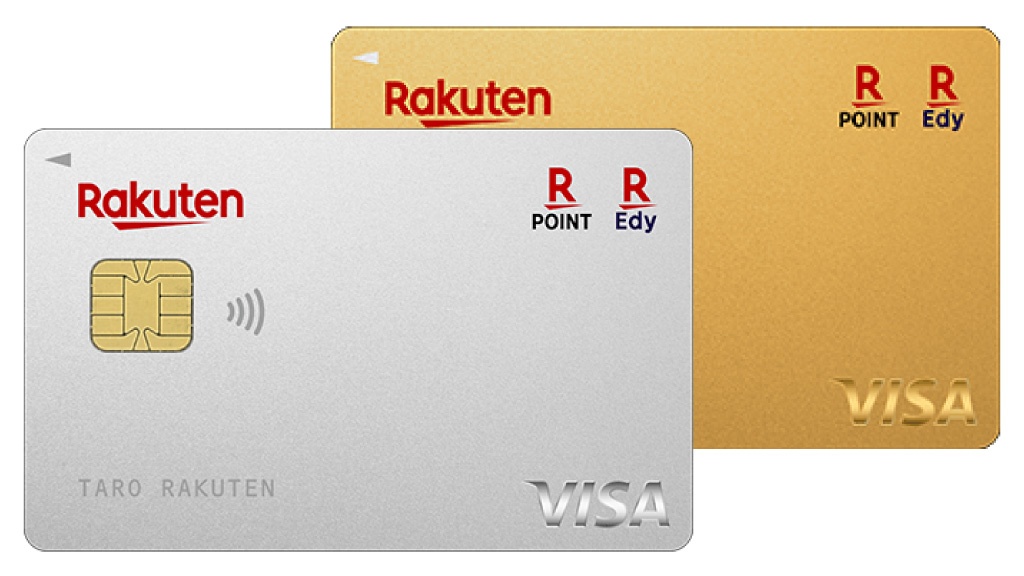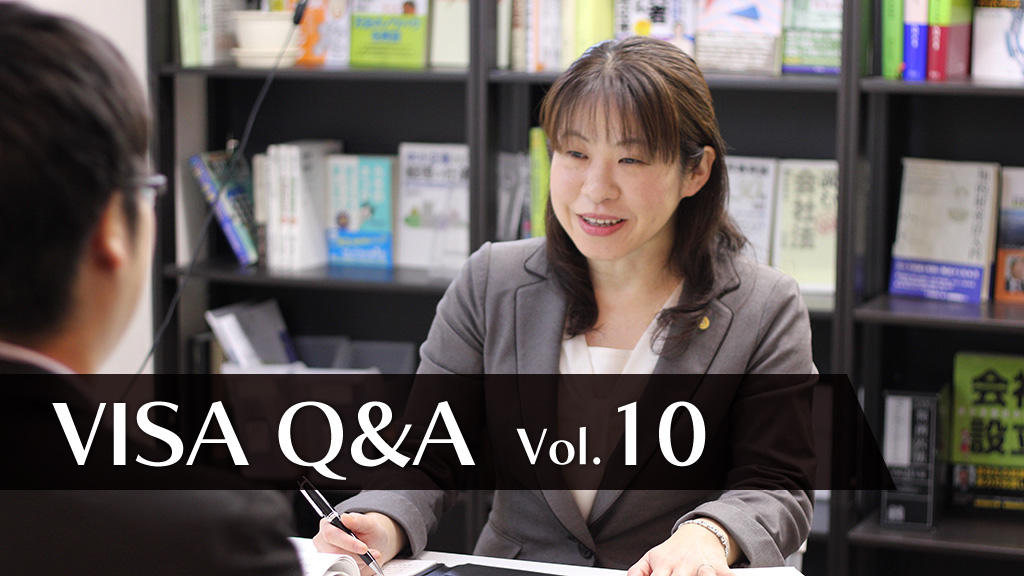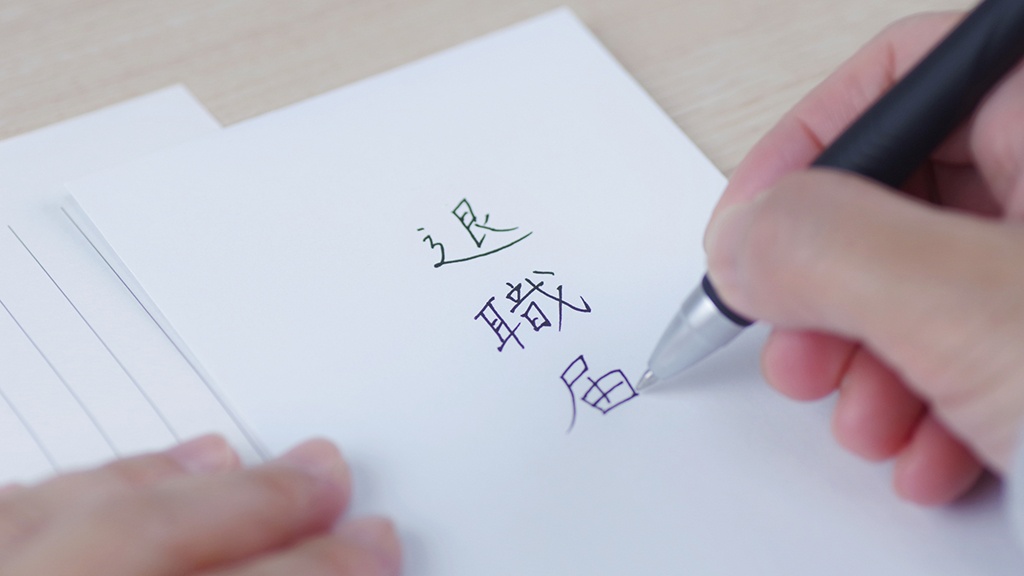Checklist of items for emergency bag and items to stockpile
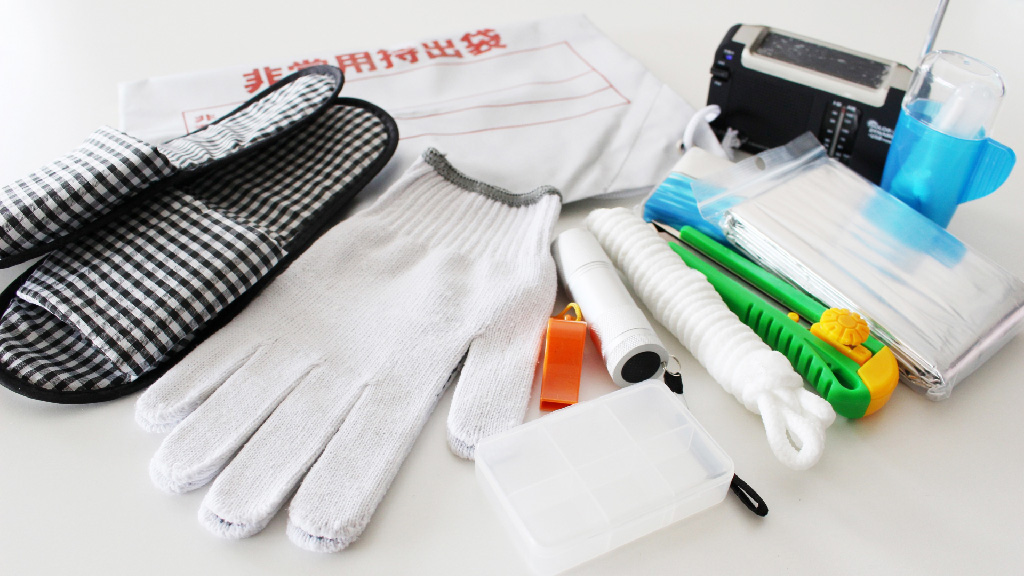
This post is also available in 日本語
Advance planning becomes very important in emergency situations. Let’s prepare emergency items and safety stocks.
Contents
Emergency Items
Pack and place all immediately necessary things in one compact bag to take with you when evacuating.
- Prepare the minimum necessaries that you want to have with you when you evacuate to a safe location on the first day of the disaster.
- Prepare items to protect your head and feet when you evacuate.
- Where to keep these items? The entrance, the bedroom … any location allowing easy access. It’s also a good idea to keep a spare set in the car trunk.
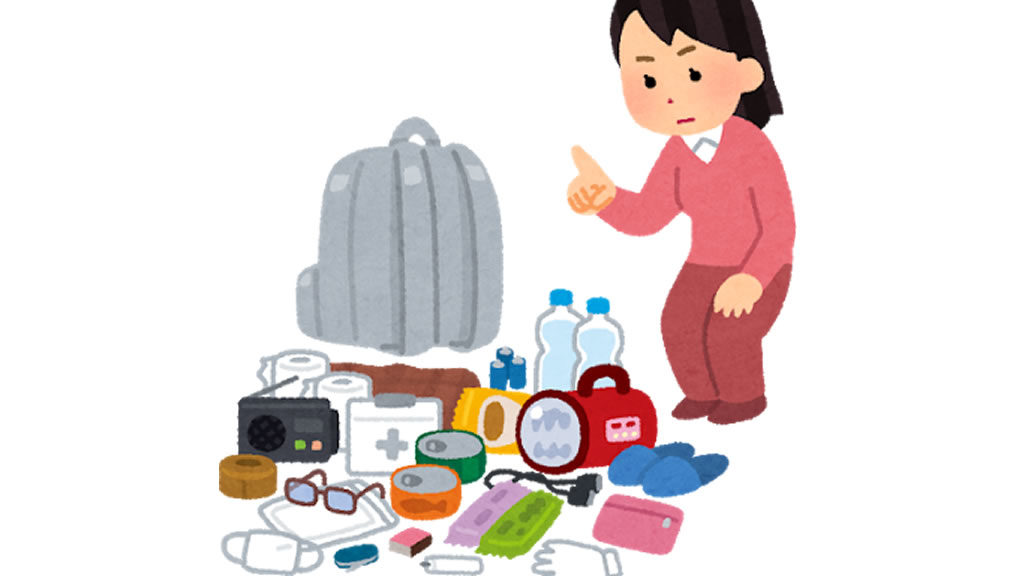
Checklist (per person)
| Water (for drinking): 3 500ml bottles/day | |
| Food (rice, ready-to-eat meal, biscuits, chocolates, hardtack, etc.) | |
| Helmet, Protective hood | |
| Clothes, underwear | |
| Rain Gear (umbrella, raincoat) | |
| Flashlight | |
| Portable radio | |
| Spare batteries, battery charger | |
| Lighter (matches) | |
| First aid kit (Band-Aids, bandages, antiseptic solution, Prescription medications, etc.) | |
| Masks | |
| Disposable pocket warmers | |
| Blanket | |
| Gloves | |
| Toiletries | |
| Toothbrush kit, mouthwash | |
| Towels | |
| Wet wipes | |
| Plastic bag | |
| Pens, memo pad | |
| Cash with some extra coins | |
| Articles of value (Bank passbooks, Cash, Passport, foreign residence card, driver’s license, etc.) | |
| For woman | |
| Sanitary napkins | |
| For babies | |
| Powdered infant formula (single packets) | |
| Milk bottle | |
| Diapers | |
Safety stocks
It’s important to routinely stock the food and daily essentials needed to live at home in an emergency. Stockpile items that will tide you over for a few days in the event that lifelines are cut off and no help is forthcoming during a disaster.
- Place these items in cases that are easy to take out and carry, and keep these cases in your kitchen, closet, garage, storage room, etc.
- Keep a supply of at least 3 days of consumable items such as food and drinks.
- Devise a peace-of-mind giving set of items that will tide you over at your home during times of disaster when lifelines are cut off.
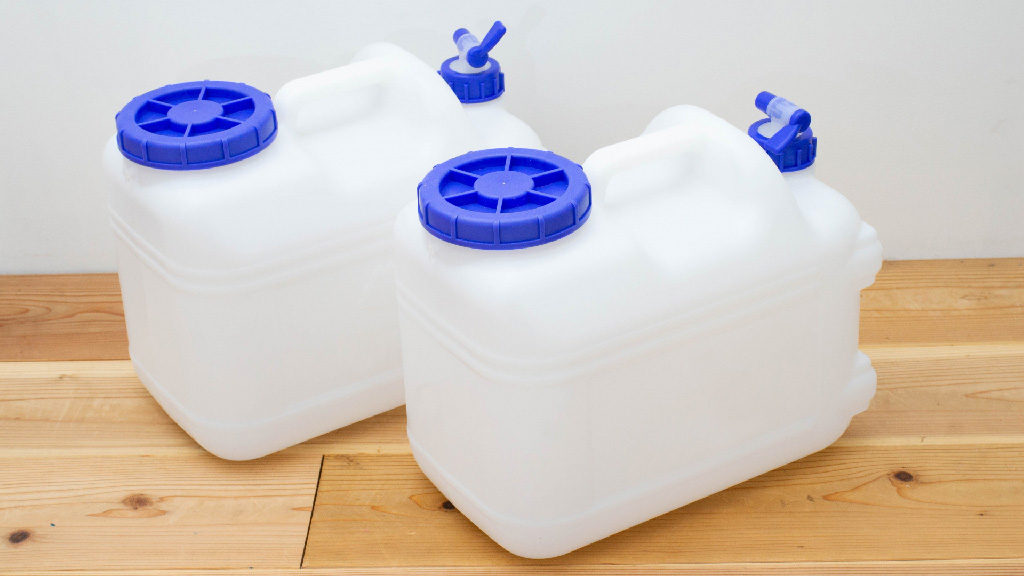
Checklist
(Model family: A family of four—husband, wife, infant and elderly woman)
Daily stockpiling:
“Daily stockpiling” does not require special preparation. By buying a little
extra food and essentials that you normally consume, you can create a stockpile
of supplies that can also be used when a disaster occurs.
| Water (for drinking, cooking and other use): 12 2-liter bottless | |
| Portable gas cooking stove: 1; canisters: 6 | |
| Medicine, non-prescription drugs: 1 box each | |
|
Staples Pre-washed rice: 5kg; heat-and-eat rice: 6; dried noodles: 1; instant noodles: 3 | |
|
Main dish Canned food (e.g. miso-stewed mackerel, vegetables): 6 each | |
| Heat-and-eat food: 9 | |
| Canned food (fruit, etc.): 1 | |
| Vegetable juice: 9 | |
| Drinks: 6 500ml bottles | |
| Cheese, “kamaboko” steamed fish paste, etc.: 1 pack each | |
| Snacks: 3 | |
| Nutrition bars, etc.: 3 boxes; powdered health drink: 1 bag | |
| Seasonings: 1 set | |
| Large plastic bag, garbage bag: 30 each | |
| Plastic bag | |
| First-aid kit | |
| Plastic wrap: 1 | |
| Tissue paper: 5 boxes | |
| Toilet paper: 12 rolls | |
| Disinfecting wet wipes: 1 box (about 100) | |
| Disposable contact lenses: 1-month supply | |
| Disposable body warmer: 10 | |
| Lighter (matches) | |
| For woman | |
| Sanitary napkins: about 60 | |
| For babies | |
| Powdered infant formula: about 20 single packets | |
| Baby food: at least 1-week supply | |
| Baby wipes: 1 pack | |
| Diapers: about 70 | |
| For Elderly | |
| Food for the elderly: at least 1week supply | |
| Medicine (prescription drugs): 1month supply | |
| Battery for hearing aid: 6 | |
| Denture cleaner: about 30 | |
| Diapers: about 70 | |
Supplies for a disaster:
| Emergency toilet: about 30 times worth | |
| Flashlight:2 | |
| Batteries | |
| Hand-rechargeable or other type of radio | |
| Spare battery for mobile phone: 3 (the number of mobile phones) | |
| Latex gloves: 1 box (about 100) |
Based on the above list, prepare your own set of items that meet the needs of your household.
Reference:
https://www.dri.ne.jp/wp/wp-content/uploads/gdschkgbr.pdf
https://www.bousai.metro.tokyo.lg.jp/_res/projects/default_project/_page_/001/003/781/bichiku_pdf_e.pdf
https://www.nhk.or.jp/sonae/en/goods/



- Advantages and Disadvantages of Making a Second Rakuten Card
- Types of Tea Often Drunk in Japan and Their Characteristics
- What is a yukata? Explanation of their features, how to wear them, and how they differ from a kimono
- Types of Sushi and Its History
- [Explained by a Legal Professional]Basics of Residence Cards





